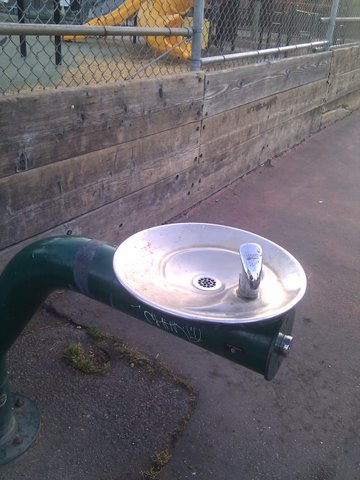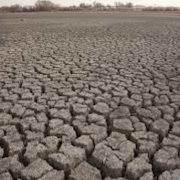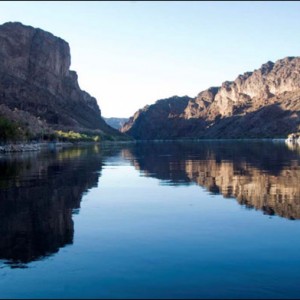Peter Gleick: Whither Bottled Water Sales?
A year ago, when my book “Bottled and Sold: The Story Behind Our Obsession with Bottled Water” was released, new statistics had just come out revealing that annual sales of bottled water had declined for only the second time (2008 and 2009) in the forty-year history of bottled water sale in the United States.
Major public campaigns against bottled water had recently been initiated by students, activist groups, local communities, and even some restaurateurs, including several high-profile ones in the Bay Area and the two-year drop in sales after years of double-digit annual growth was perceived by some, including me, as an indication that the unchallenged claims of the industry were beginning to be met with skepticism, education, and consumer reaction.
Around the same time, the industry launched major pro-bottled water PR campaigns to counter the anti-bottled water movement, pointing to their efforts to go “green” by using thinner bottles, or bottles with more environmentally friendly materials, or touting the purity of their products. The industry also began a series of price cuts to win back customers and they launched new television and print advertisements, while publicly arguing that the drop in sales was simply the result of the bad economy, rather than any success on the part of the “ban the bottle” crowd.
Water Numbers: US bottled water sales in 2010 are up 3.5% from 2009, but still below 2007 levels.
A year has gone by, and new data are out from the bottled water industry showing a slight recovery in sales in the U.S. — up 3.5% from 2009. This is a relief for the bottlers, who are crowing “The Recovery Begins” and the “storm has passed.” Digging deeper, however, reveals that the “recovery” is weak. While the volume of bottled water sold in the U.S. in 2010 was up from 2009, per-capita consumption only rose 2.6%, which is less than it fell in 2009, and total revenue was still below the levels from 2006, 2007, and 2008 due to price cutting. There are no public estimates of profits, which could have been further reduced by increases in the costs of production (especially the high energy costs to make bottled water) and advertising.
Moreover, while sales grew worldwide in 2010, there were some pronounced regional differences. Indeed, according to the industry, four of the top 10 bottled-water consuming countries of the world (Italy, Belgium/Luxembourg, France, and Spain) saw reductions in the amount of bottled water sold per person in 2010 compared to 2005, and in Italy and Spain the total volumes are lower as well.
Like the tobacco industry when U.S. sales began to stagnate as the public became more aware of the adverse consequences of smoking, bottlers are moving offshore to new markets, especially in the developing world where the high-quality tap water here in the U.S. is typically unavailable. While sales stagnate in the industrialized world, they are growing rapidly in places like Mexico, China, the Middle East, and India — at least among the richer segments of those populations. The poor are still condemned to drink contaminated water, or to spend a hugely disproportionate part of their limited incomes on water from private vendors or bottlers.
There is no doubt that bottled water remains popular and it certainly is a big business. It will remain so as long as people don’t have access to reliable, safe drinking water from the tap and don’t know about, or care about, the environmental costs of drinking bottled water. But efforts to eliminate the reasons people buy bottled water should continue: we must reinvest in our superb tap water system to make it safer and better, eliminate false and misleading bottled-water advertising, and make access to public water easier by fixing our public drinking water fountains and expanding access to them.
Peter Gleick








Leave a Reply
Want to join the discussion?Feel free to contribute!